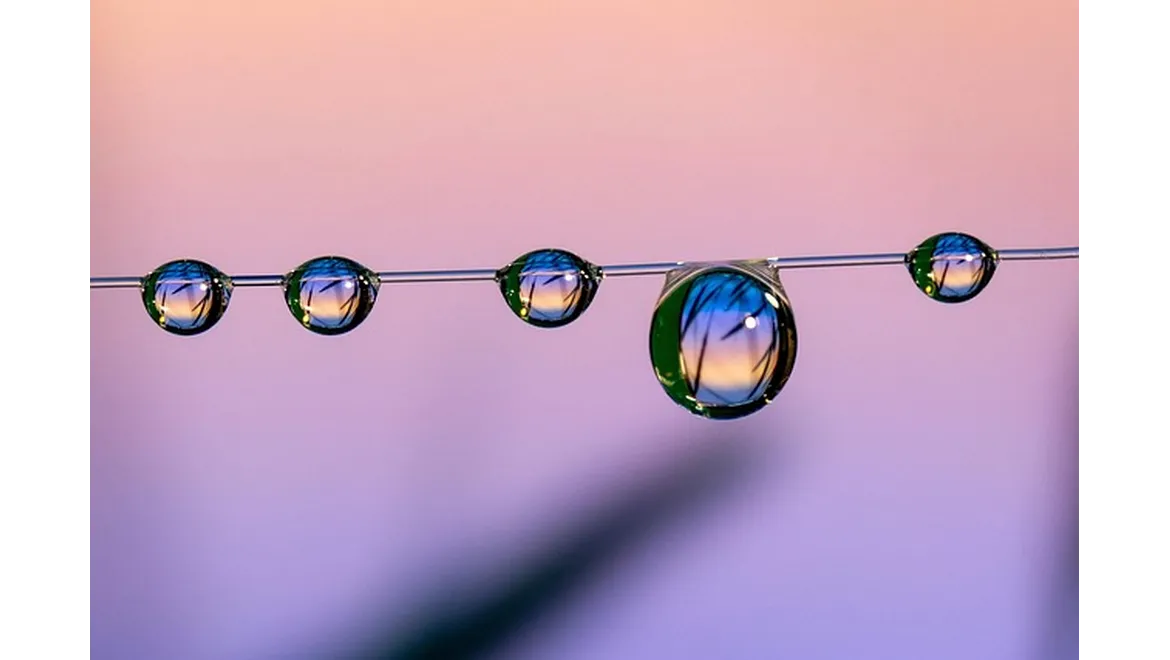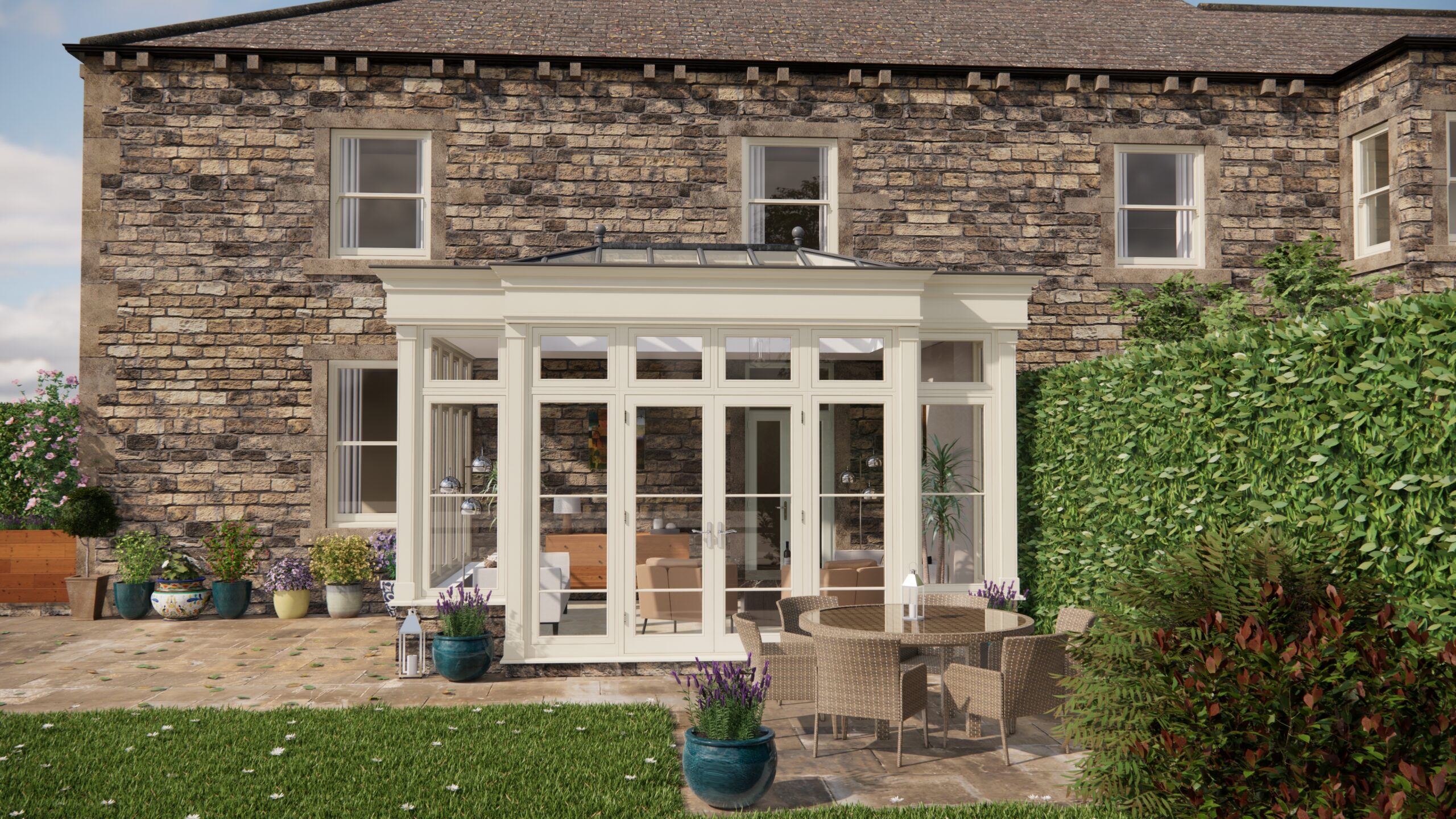So, I was chatting with Courtney the other day about…well, everything! But it kept circling back to how we’re all trying to be a bit kinder to ourselves, especially at home. We’ve both been reading articles about wellness and how to make the most of our space for exercise and relaxation, and it sparked a really interesting conversation about adapting yoga and mindfulness for different people.
“It’s all so overwhelming though, isn’t it?” Courtney sighed, scrolling through a page about prenatal yoga. “I mean, I’m not pregnant, but the idea of finding something that fits perfectly seems impossible.”
That’s when I realised, maybe ‘perfect’ isn’t the point. It’s about adapting. I remember reading about ‘Adapting Your Practice: Yoga and Mindfulness for Pregnancy at Home’ – it emphasised tailoring poses, breathing exercises, and relaxation techniques to suit different stages of pregnancy and ease discomfort. And that got me thinking… couldn’t we apply that principle to everyone, regardless of age, skill, or body type?
Finding Your Foundation: The Right Space & Mindset
First things first: space. You don’t need a fancy studio. Even a small corner can work. The key is making it yours. Think about the light. Natural light is amazing, and an orangery is just the dream, right? Imagine all those windows letting in sunshine while you practice! But if that’s not an option (and let’s be honest, it isn’t for most of us!), good lighting can make all the difference. Think soft, warm tones to create a calming atmosphere.
Courtney mentioned she struggles to switch off. “My mind just races!” she confessed. That’s where mindfulness comes in. Before even unrolling your mat, take a few deep breaths. A simple box breathing exercise (inhale for four, hold for four, exhale for four, hold for four) can work wonders. It centres you and prepares you for the practice ahead.
Adapting Asanas: The Pose is Yours to Change
Now, let’s talk about poses. Forget trying to pretzel yourself into something you saw on Instagram. Adapt! If a full downward-facing dog hurts your wrists, try it on your forearms. If you can’t touch your toes in a forward fold, bend your knees. Use blocks or cushions to support yourself. The beauty of practicing at home is that no one is watching. It’s about listening to your body and respecting its limits.
I explained to Courtney how I’ve modified sun salutations. “I skip the chaturanga (a type of yoga push-up) sometimes and just go straight from plank to downward dog,” I said. “It’s still a great flow, but easier on my shoulders.”
For older adults or those with mobility issues, chair yoga is brilliant. You can do so many poses seated, making it accessible and safe. Even kids can get involved! Turn it into a game, mimicking animal poses or making up your own silly stretches.
Breathing and Relaxation: Your Secret Weapons
Breathing exercises (pranayama) are powerful tools for managing stress and improving focus. Simple breath awareness – just noticing the inhale and exhale – can be incredibly calming. For anxiety, try alternate nostril breathing (nadi shodhana). It balances the nervous system and promotes relaxation.
Courtney was particularly interested in relaxation techniques. “I always skip savasana (corpse pose) at the end of classes,” she admitted. “I find it so boring!”
I get it! But savasana is crucial. It’s your chance to integrate the practice and allow your body to fully relax. But you can adapt it! Use a guided meditation, listen to calming music, or simply focus on your breath. Create a cosy environment with blankets and pillows. Visualisation techniques can also be helpful. Imagine a peaceful place, focusing on the sights, sounds, and smells.
Creating Your Sanctuary: The Home Advantage
The best thing about practicing yoga and mindfulness at home is the control you have over the environment. You can create a space that truly supports your wellbeing. Think about colour psychology. Blue and green are calming and serene. Add plants to purify the air and bring nature indoors. Use aromatherapy to create a relaxing atmosphere. Lavender, chamomile, and sandalwood are all great choices.
Ultimately, adapting yoga and mindfulness for different ages, skill levels, and body types is about listening to your body, being kind to yourself, and creating a practice that is sustainable and enjoyable. It’s about customising poses, adjusting breathing techniques and utilising the available space to improve wellbeing. It’s about remembering that there’s no ‘one size fits all’ approach. And, importantly, consulting with a healthcare professional before starting any new exercise program, especially if you have any underlying health conditions. Think of it as a journey, not a destination.


